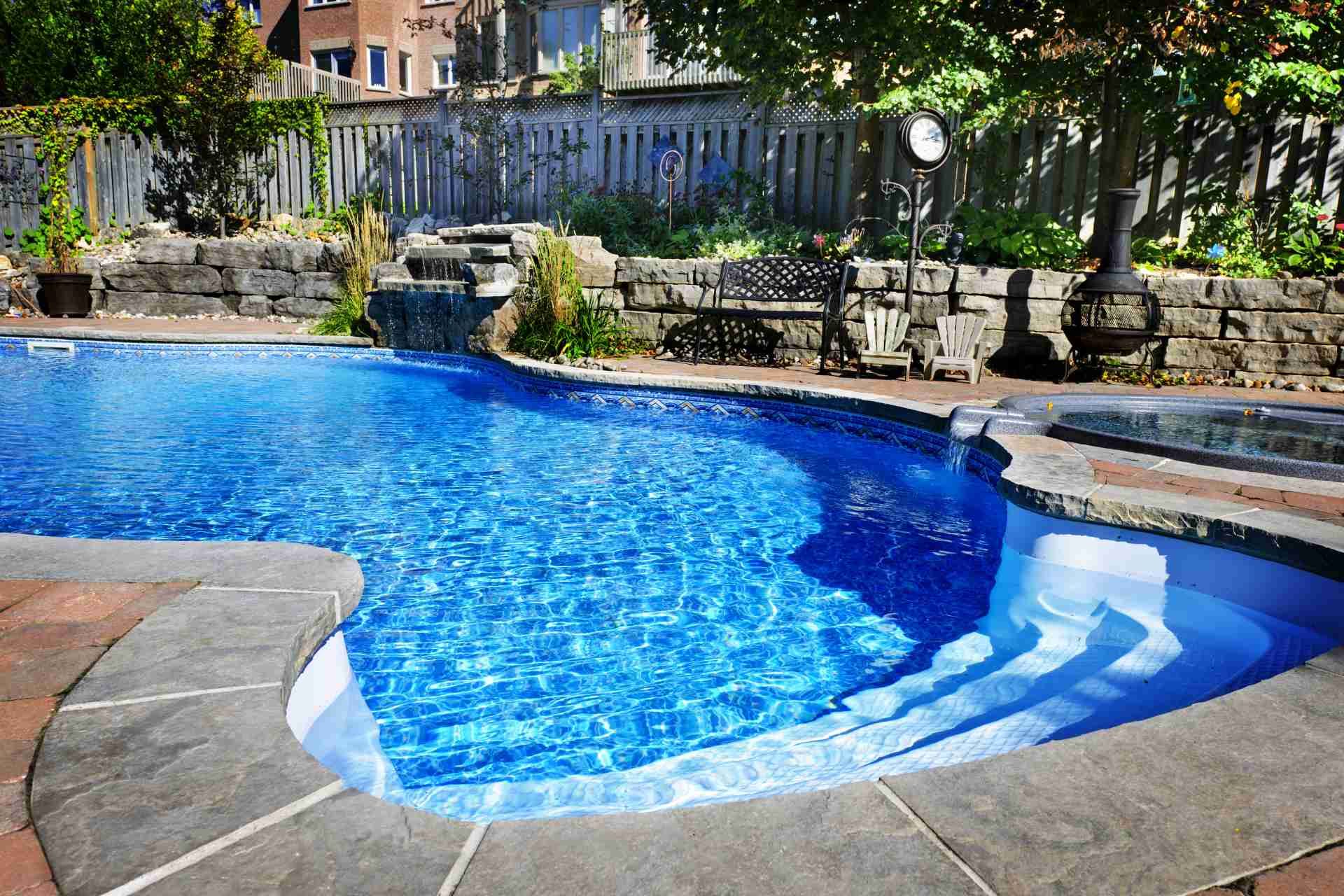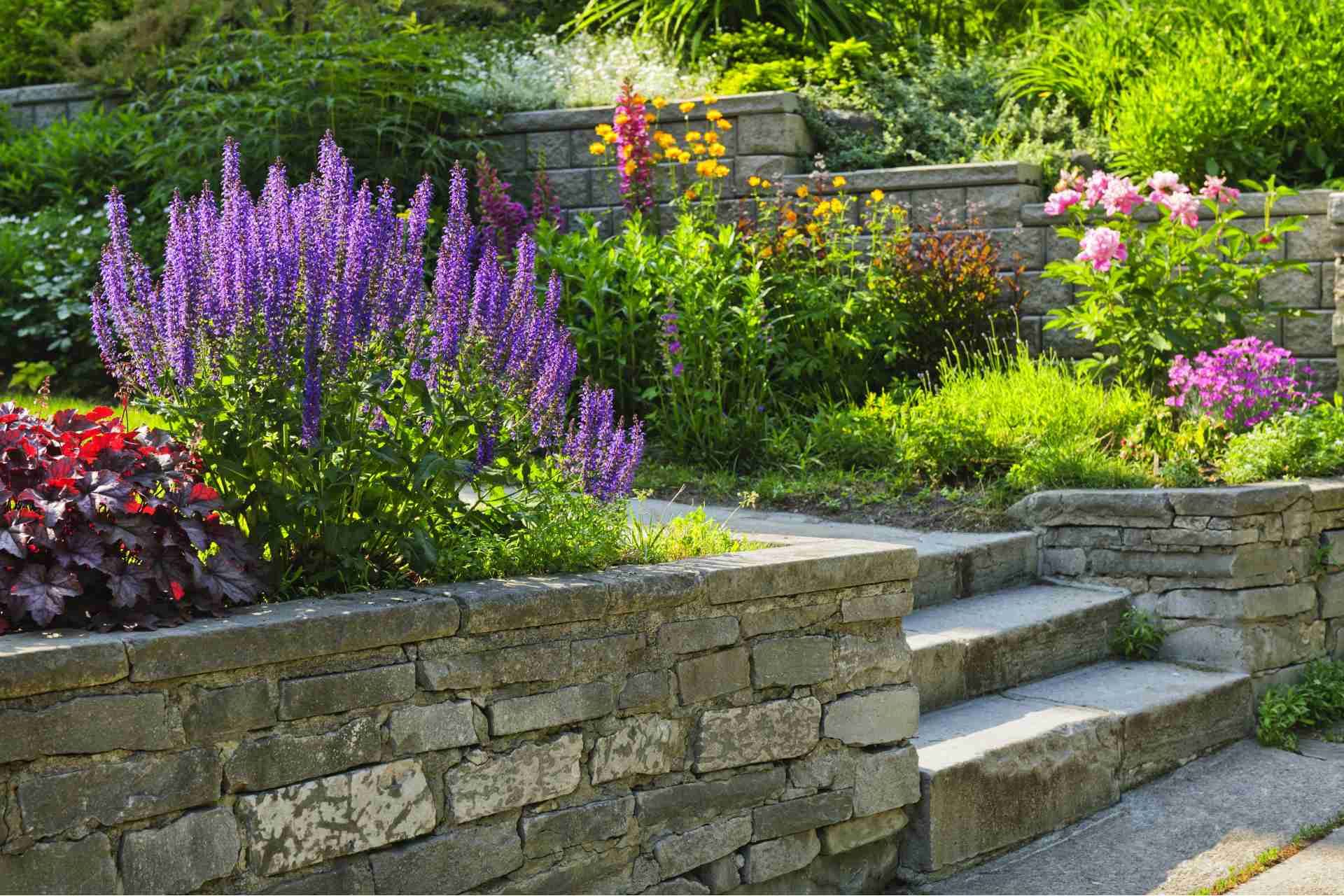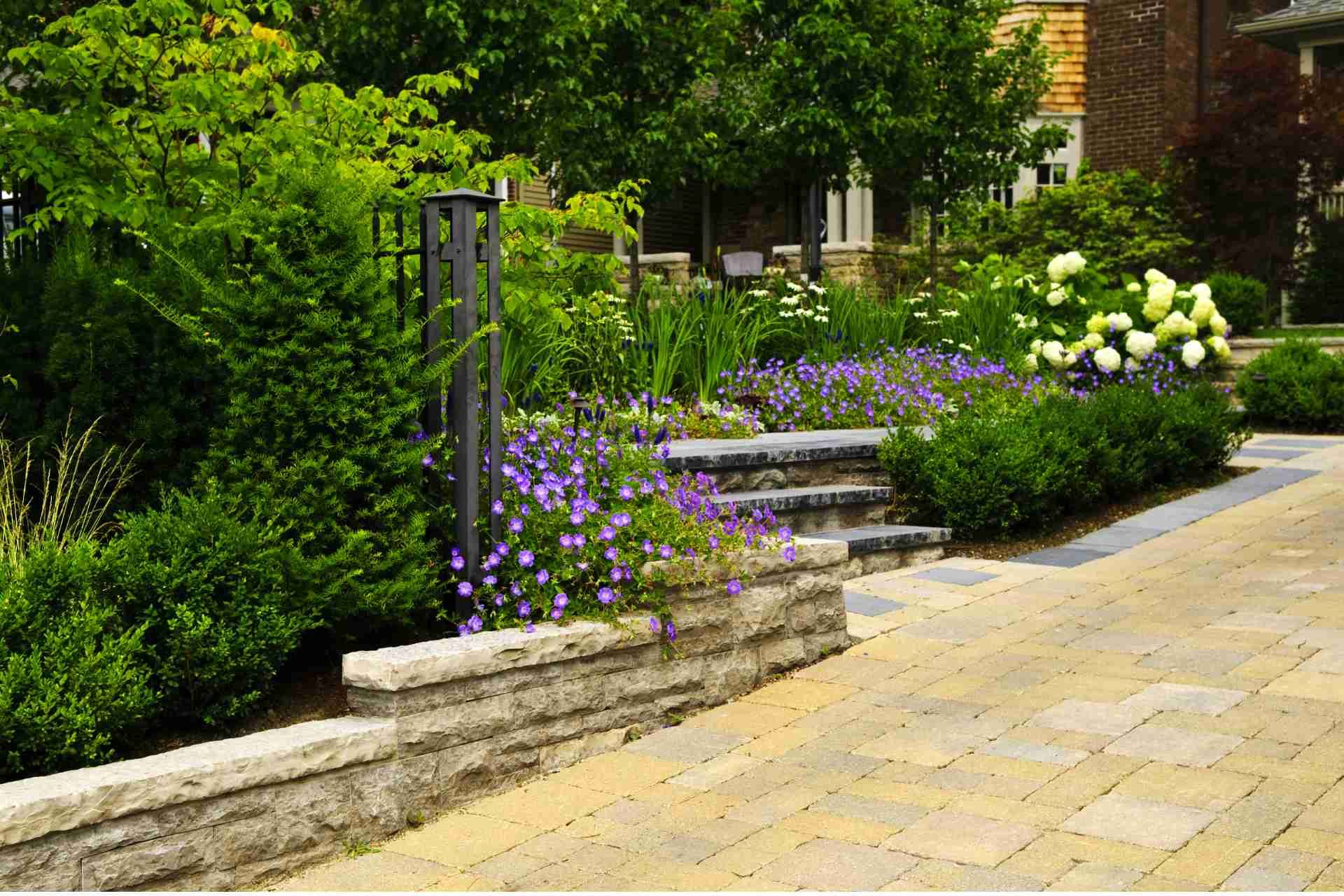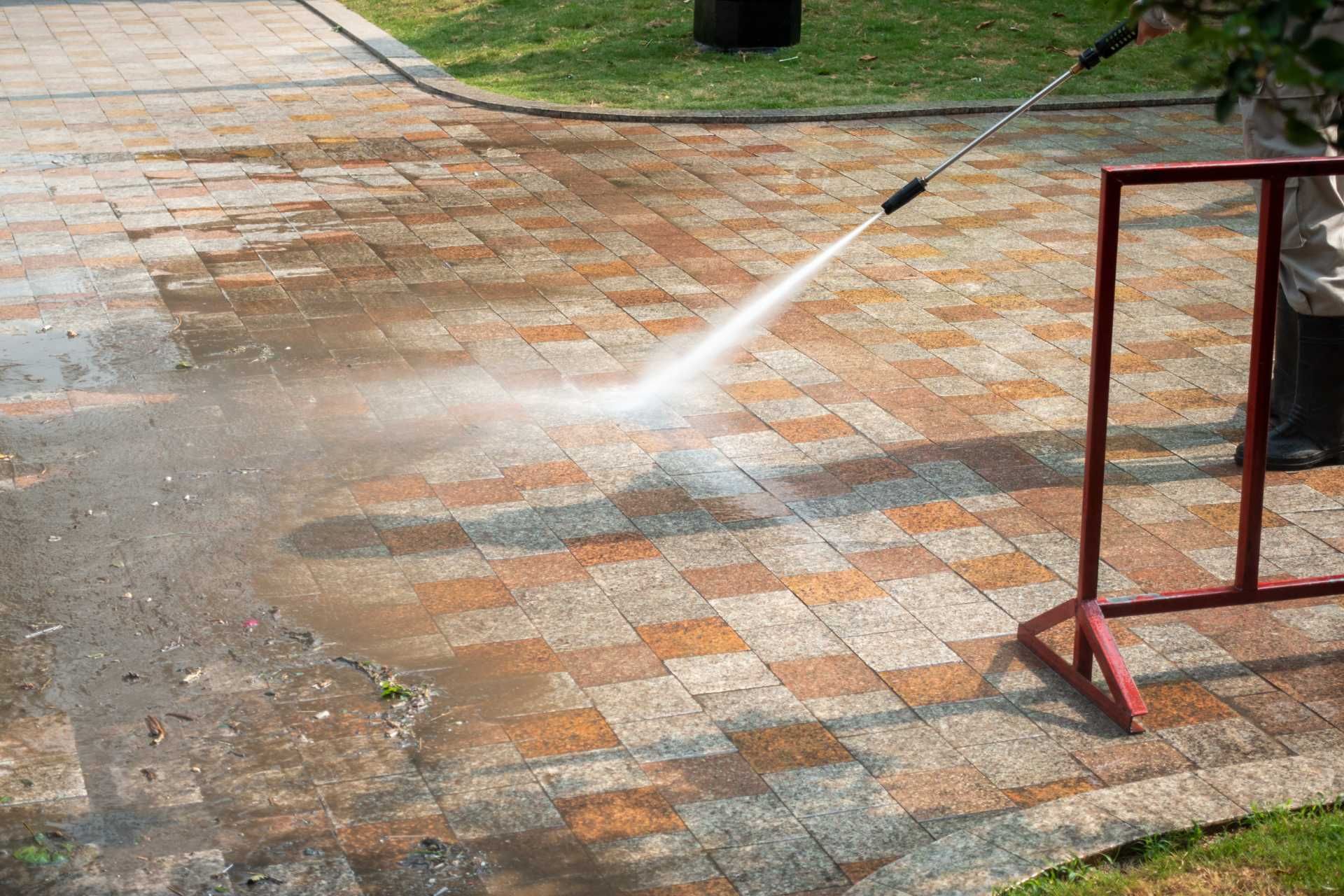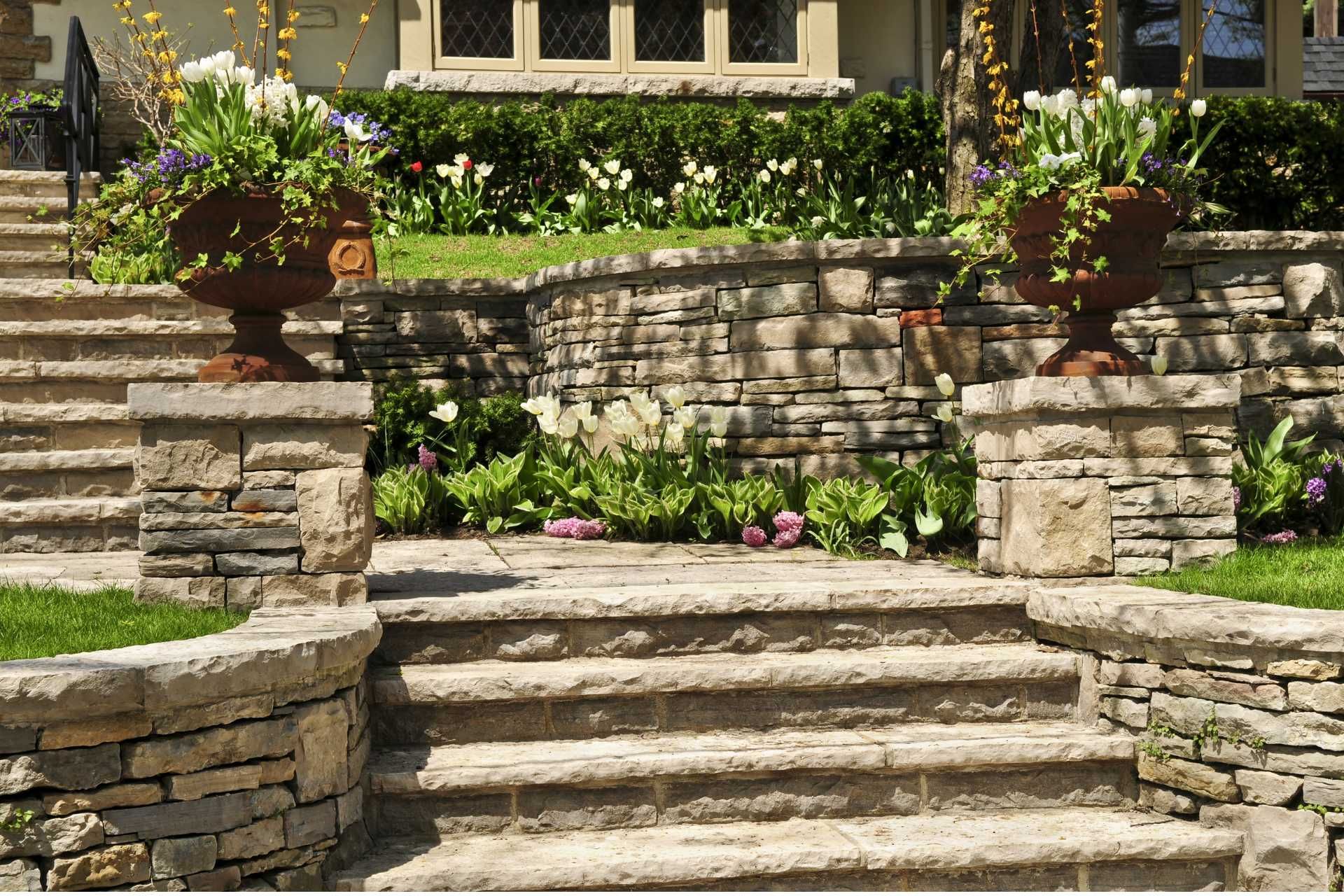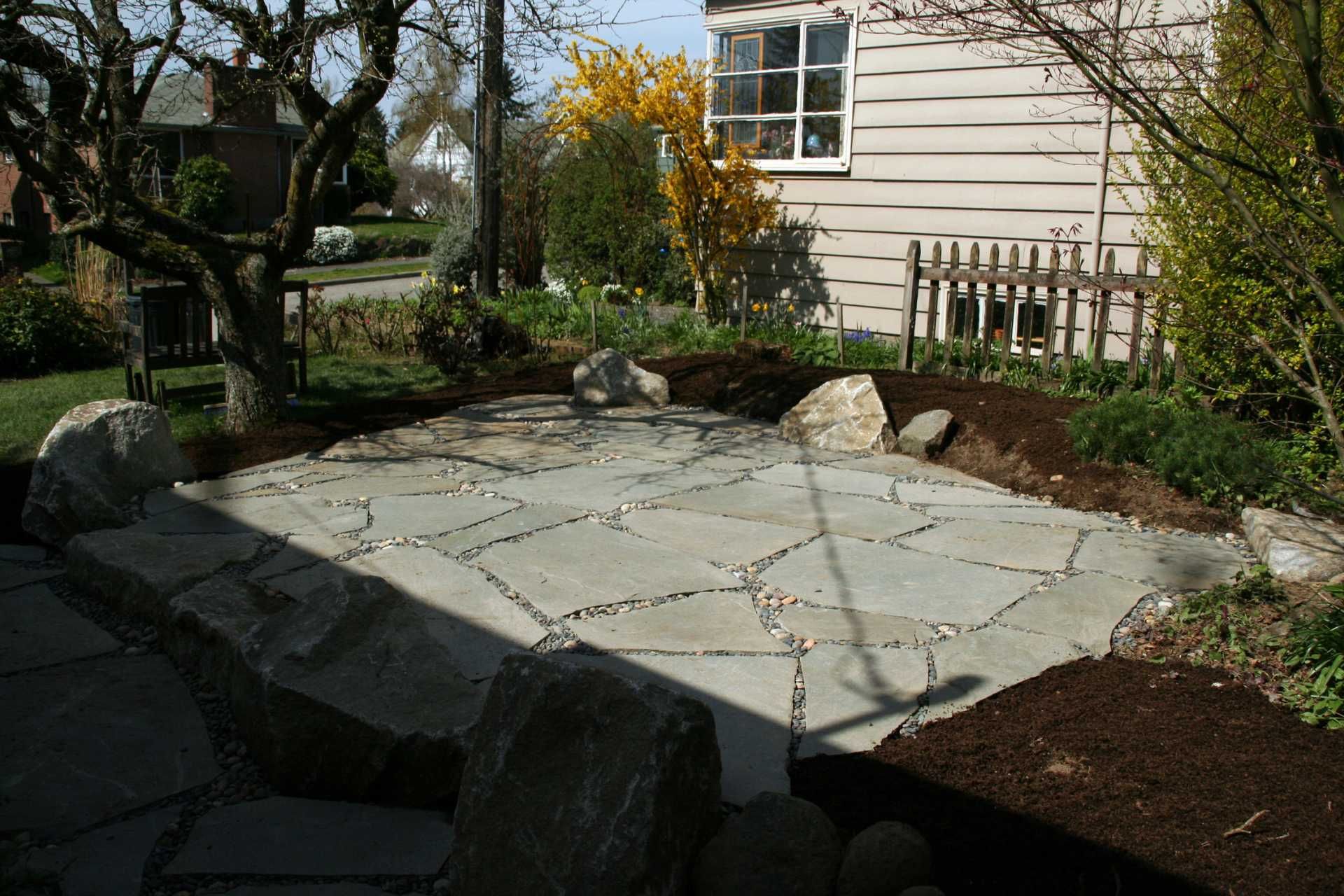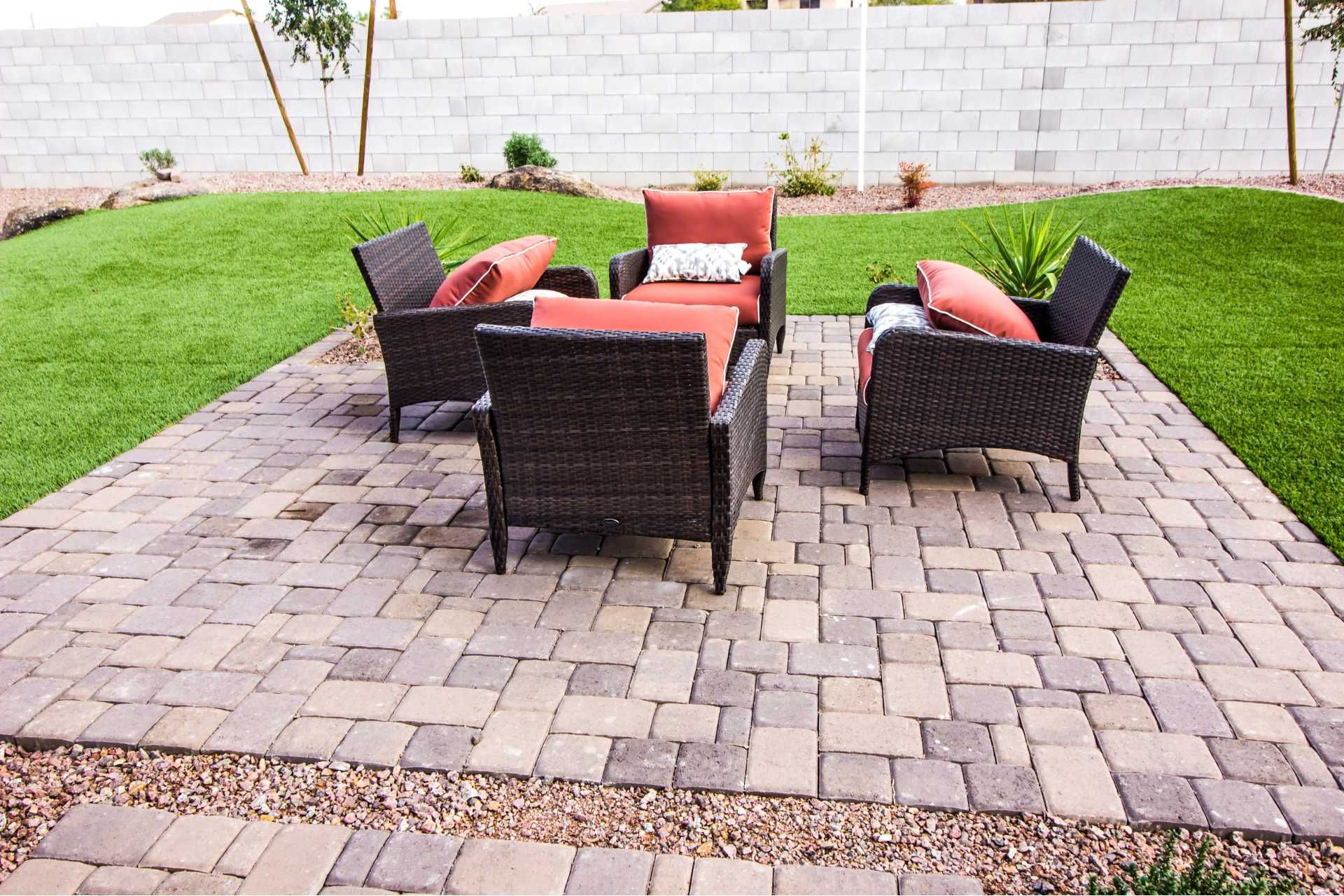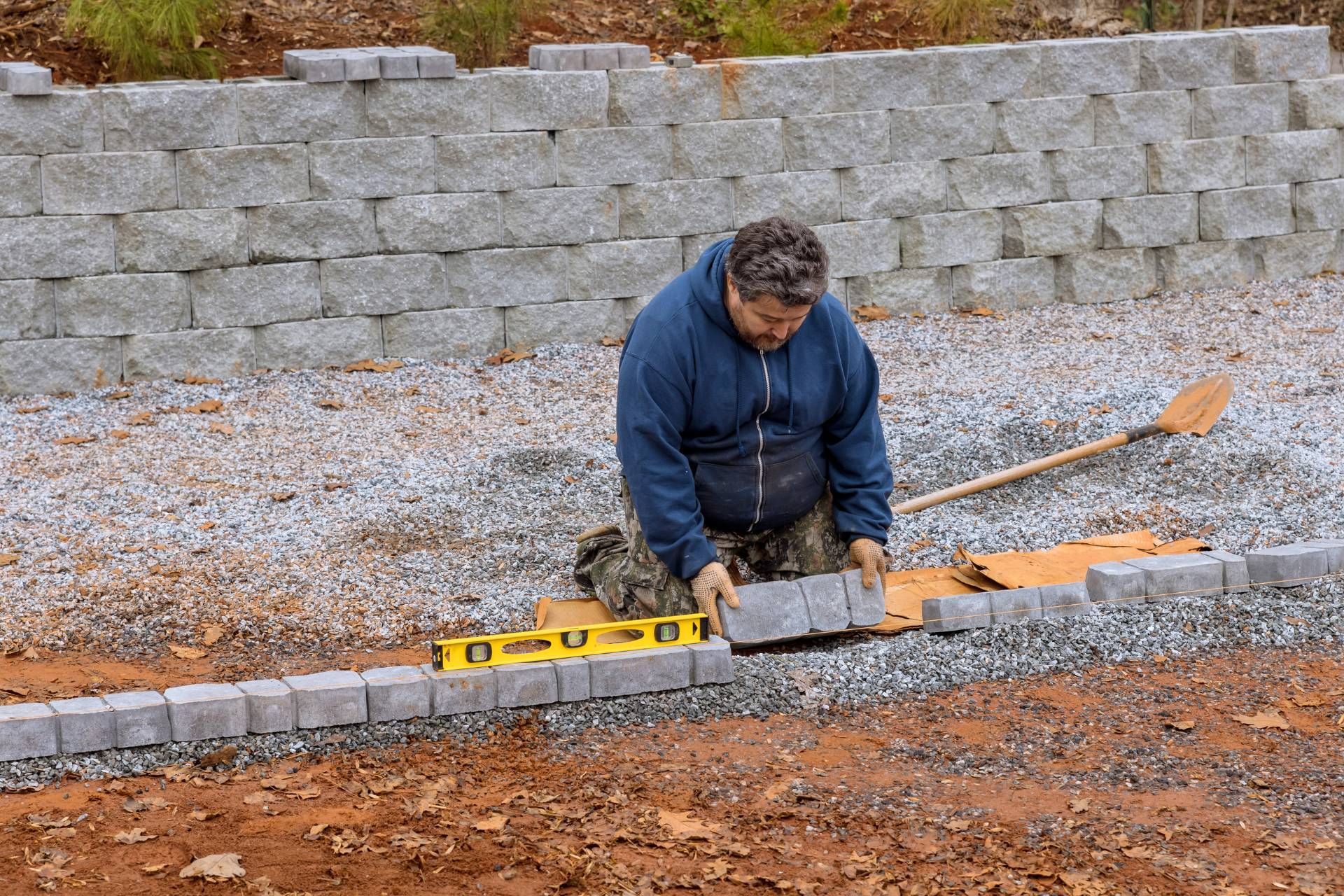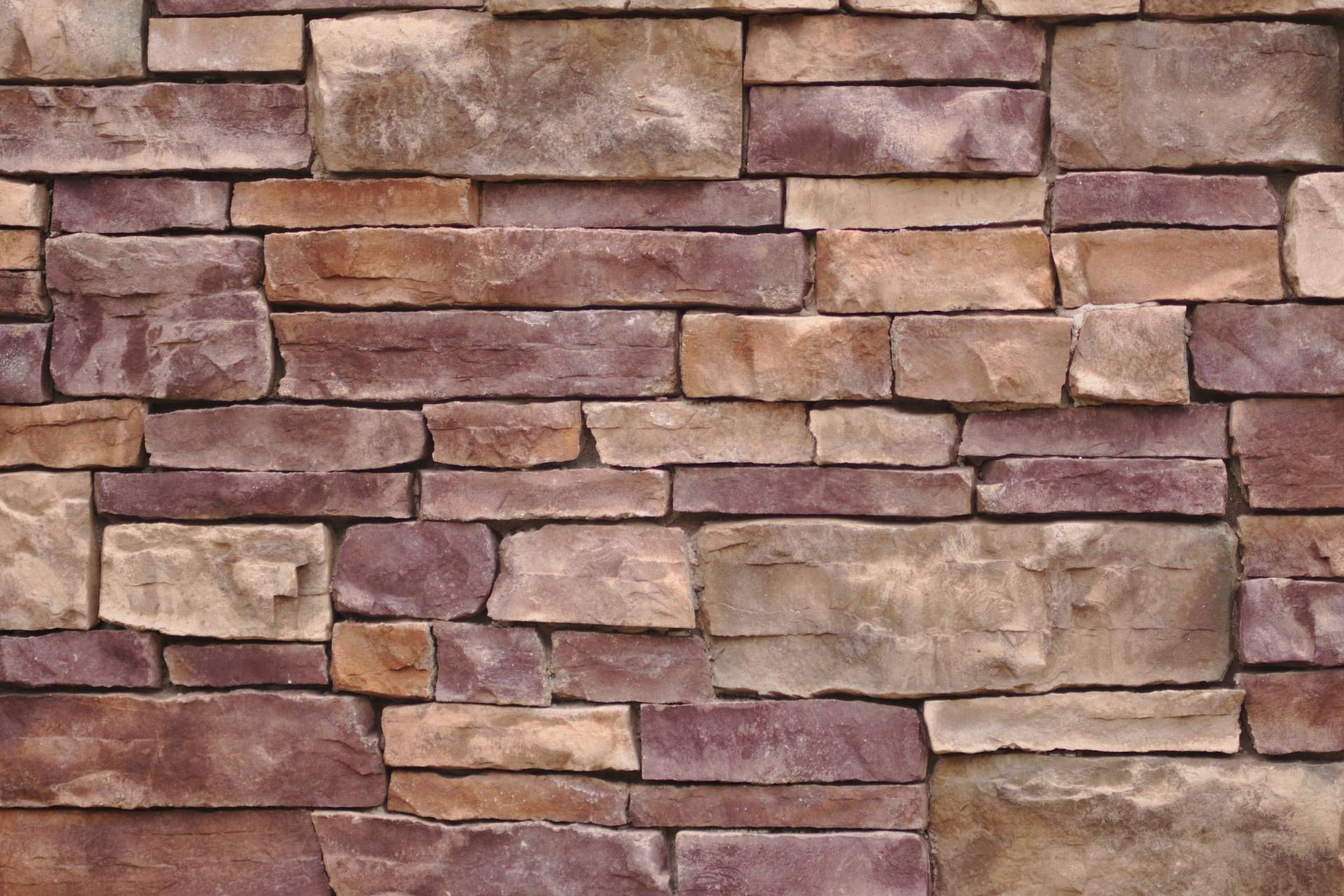How to Use Landscaping Fabric?
Every gardener dreams of a lush, vibrant landscape teeming with flourishing plants and charming aesthetics. Yet, the reality often involves a constant struggle against invasive weeds, fluctuating soil moisture, and the relentless forces of erosion. This is where the transformative power of landscaping fabric comes into play.
Landscaping fabric, often referred to as the "gardener's armor," is a versatile material designed to combat the challenges that undermine your gardening efforts. It's not just about laying down a barrier; it's about creating a harmonious ecosystem that nurtures your plants while minimizing the headaches of maintenance.
Whether you're a seasoned horticulturist or just dipping your toes into the world of gardening, our guide will equip you with the tools to make landscaping fabric an invaluable asset in your gardening arsenal.
Get ready to discover how landscaping fabric can save you time, enhance the beauty of your landscape, and elevate your gardening prowess to new heights.
Benefits of Using Landscaping Fabric
Landscaping fabric, also known as weed barrier fabric or landscape fabric, is a material used in gardening and landscaping to control the growth of weeds, retain soil moisture, and improve overall plant health. It is typically made from woven or non-woven materials like polypropylene or polyester, which are designed to be permeable to water and air while blocking the passage of light.
- Weed suppression: One of the primary purposes of landscaping fabric is to prevent the growth of weeds by blocking sunlight from reaching the soil surface. This helps reduce the need for manual weeding and minimizes competition for nutrients and water among plants.
- Soil erosion control: Landscaping fabric helps stabilize the soil, preventing erosion caused by wind and water runoff. This can be especially useful on slopes or in areas prone to erosion.
- Moisture retention: The fabric helps retain soil moisture by reducing evaporation. This can be particularly beneficial in hot and arid climates, as well as for conserving water.
- Plant protection: The fabric forms a barrier between the soil and the plants, preventing soil-borne diseases and pests from coming into direct contact with the plants.
- Aesthetics: Landscaping fabric can create a tidy and uniform appearance in garden beds by keeping the soil and mulch in place and preventing them from mixing.
- Improved plant growth: By controlling weeds and maintaining a consistent moisture level, landscaping fabric can contribute to healthier plant growth and establishment.
How to Use Landscaping Fabric Effectively
Using landscaping fabric effectively involves proper preparation, installation, and maintenance. Here's a step-by-step guide on how to use landscaping fabric in your gardening or landscaping projects:
Materials Needed:
- Landscaping fabric (woven or non-woven)
- Landscape staples or pins
- Scissors or utility knife
- Plants
- Mulch
Step 1: Site Preparation
Clear the area where you plan to use landscaping fabric. Remove existing weeds, rocks, debris, and any other obstacles. Rake the soil to create a smooth and even surface.
Step 2: Measure and Cut
Measure the area you want to cover with landscaping fabric. Unroll the fabric and cut it to the appropriate size using scissors or a utility knife. Leave enough excess fabric to overlap the edges of the planting area.
Step 3: Lay Down the Fabric
Lay the cut landscaping fabric over the prepared soil. If you're covering a larger area, you might need assistance to ensure the fabric is positioned evenly. Smooth out any wrinkles or folds in the fabric.
Step 4: Secure with Landscape Staples
Using landscape staples or pins, secure the fabric to the ground. Place staples around the edges and throughout the fabric to prevent it from shifting due to wind or foot traffic. Space the staples about 12 to 18 inches apart along the edges and within the fabric.
Step 5: Cut Planting Holes
Use a pair of scissors or a utility knife to cut holes in the fabric where you want to plant your desired
vegetation. These holes should be just large enough to accommodate the plant's root ball. Alternatively, you can cut an "X" shape and fold back the flaps to create an opening.
Step 6: Planting
Plant your chosen plants through the holes you've created in the fabric. Gently pull back the fabric flaps if you've made "X" cuts. Make sure the plants are positioned at the same depth as they were in their containers. Press the fabric snugly around the base of the plants to prevent weed growth.
Step 7: Mulch Application
Spread a layer of mulch over the entire fabric-covered area. The mulch helps suppress weed growth, retain moisture, and protect the fabric from UV rays, which can cause deterioration over time. Apply a layer of mulch that is about 2 to 3 inches thick.
Step 8: Maintenance
Regularly inspect the fabric to ensure it remains securely in place and that weeds are not penetrating through any gaps. Water your plants as needed, as the fabric helps retain moisture. If weeds manage to grow through the fabric, pull them out immediately.
It's important to note that while landscaping fabric can be useful in certain situations, it's not always necessary or appropriate for every gardening scenario. In some cases, it may hinder the growth of desired plants or become less effective over time as weeds find ways to grow through gaps or openings. Proper installation and maintenance are key to ensuring its effectiveness.
NH Thinstone
760 NH-16
Ossipee, NH 03864
CALL US
Phone: (603) 837-6685
EMAIL US
Email: ordersnht@gmail.com
HOURS
- Monday
- -
- Tuesday
- -
- Wednesday
- -
- Thursday
- -
- Friday
- -
- Saturday
- Appointment Only
- Sunday
- Appointment Only
Copyright © 2023 NH Thinstone, All Rights Reserved.

